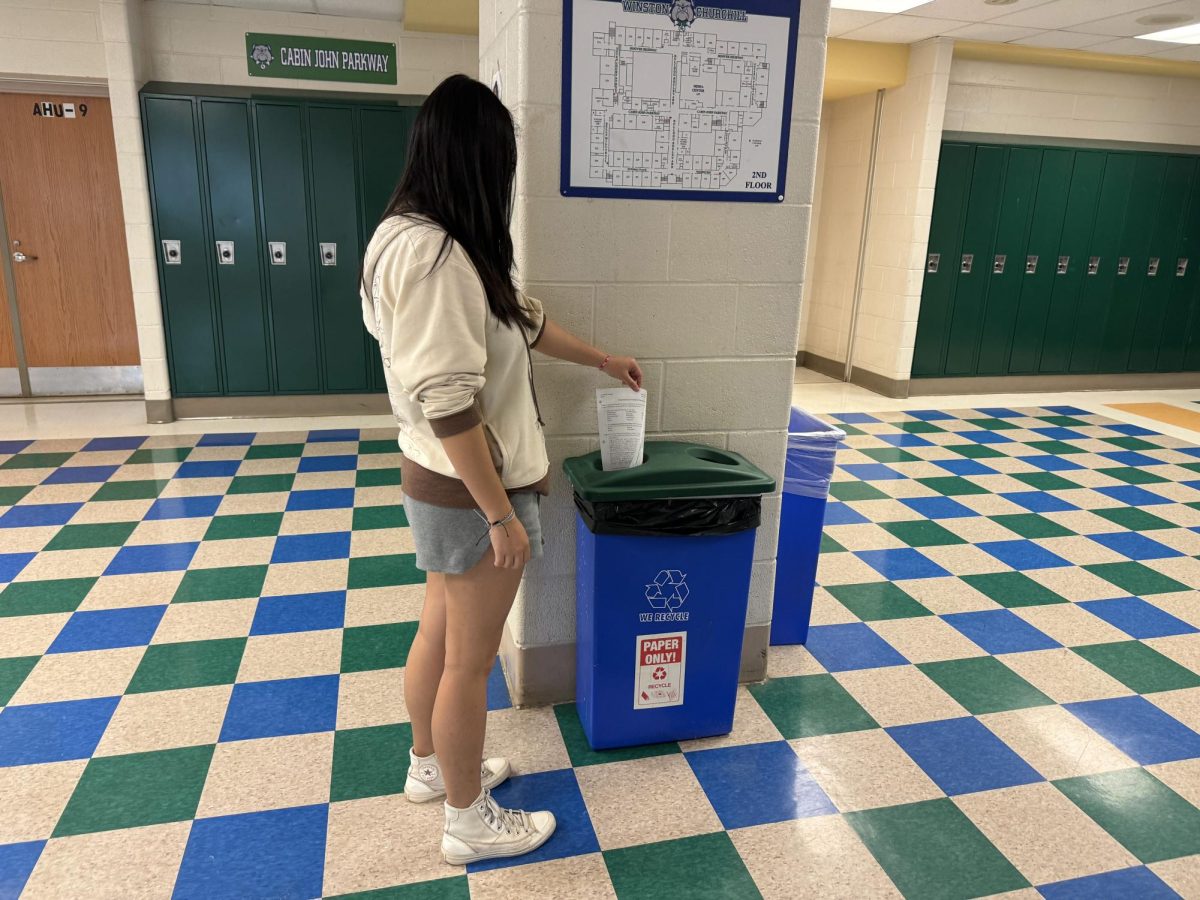After the devastating earthquake in Japan and the numerous problems that have been occurring with the Fukushima nuclear power plant, many U.S. officials have begun to investigate the 104 domestic nuclear power plants in America.
Because experts at the U.S. Geological Survey forecast an earthquake of at least a 7.0 magnitude in California within the next 20 years, government officials in Washington and at the Nuclear Regulatory Commission (NRC) have been scrambling to reevaluate nuclear plants for safety and security.
According to a March 25 Wall Street Journal article, 30 percent of U.S. plants have failed to report problems with equipment that could potentially have caused billions of dollars in damages and tremendous safety issues.
According to the World Nuclear Association website, there have been three major reactor accidents in the world since the 1970s: the Chernobyl accident, which occurred in 1986 in present-day Ukraine, the accident at Three Mile Island in Middletown, Pennsylvania in 1979, and the recent Fukushima reactor failures in Japan.
According to the same Wall Street Journal article, California congresswoman Lois Capps asked the NRC to suspend licenses for nuclear plants operating in earthquake-prone regions of central California until the plants are reviewed.
Calvert Cliff, a town in southern Maryland, is home to one of the US’s nuclear power plants. This plant is managed by the private energy distribution corporation, Constellation Energy, which plans to open a third reactor at this plant in 2015.
According a March 23 article in The Independent, a southern Maryland newspaper, Constellation Energy spokesman David Fitz claims that the plant is designed to withstand significant weather related or seismic events. If a third reactor is added, 1.3 million more homes could be powered. Additionally, Calvert County officials are backing the new reactor because it could create up to 4,000 construction jobs and 400 permanent posts.
As the NRC begins investigations into U.S. nuclear power plants, the Senate’s Committee on Energy and Natural Resources is also looking into energy reforms that would relieve the US of its dependence on natural gases and fuels and satisfy President Obama’s proposal for safer and cleaner sources of energy. As gas prices have hit a two-year high, the Obama administration has proposed legislation that would require the U.S. to obtain 80 percent of its energy from low carbon sources by 2035.







